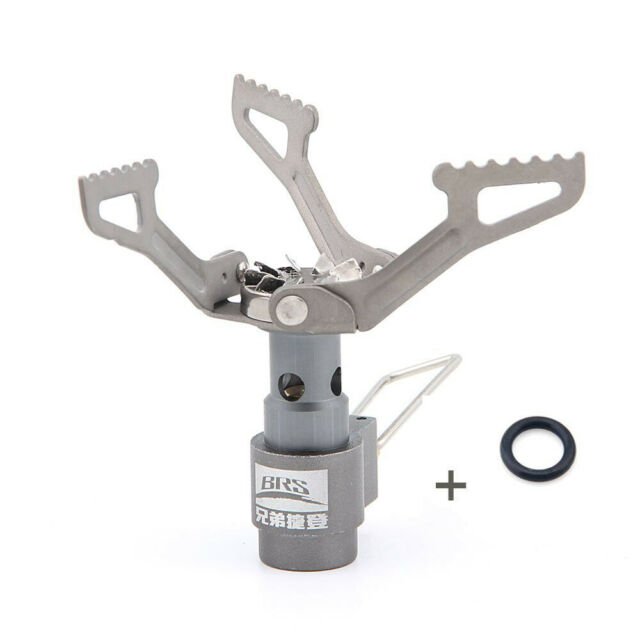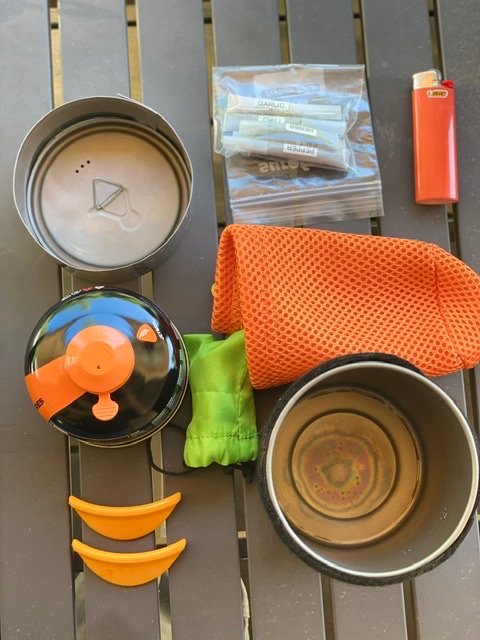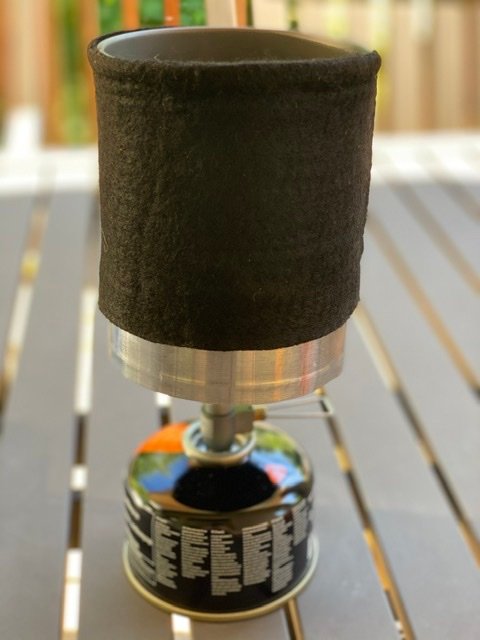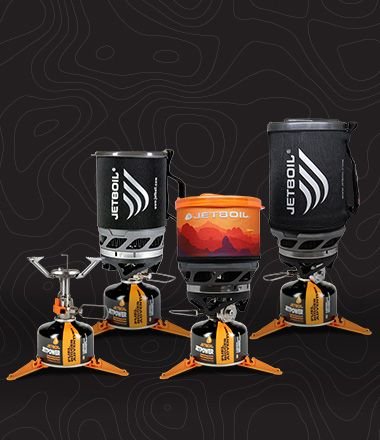I’ve written before about my basic cook system and this covered a little about the JetBoil and BRS3000. However, it‘s such a popular topic that I thought I’d dedicate an entire post to a comparison of the JetBoil versus the BRS3000.
JetBoil
JetBoil really refers to a type of integrated cook system. The pot is integrated with the burner, in JetBoil’s case with a flux ring. This tightly integrated system increases the heat transfer to the pot, making the JetBoil one of the most fuel-efficient and quickest ways to boil water. And that is what JetBoil is best known for – boiling water quickly. This makes them ideal for those who are looking to rehydrate meals.
There are a few versions of the JetBoil that may make sense for backpacking:
- The basic JetBoil, the Flash, is specifically for boiling water quickly. Most folks use these only to boil water and then pour the water elsewhere. They are not really designed for cooking. But are really good at what they do. The disadvantage is the Flash comes in at 13.1 ounces without fuel.
- A step up for cooking is the MicroMo. The difference with the MicroMo is the ability to control the temperature better. This gives you some better ability to cook more than water. This also comes in at a slightly lighter weight of 12 ounces.
The JetBoil’s are really good at what they do. There are some different sizes to cater to slightly bigger groups. A typical 4oz gas cylinder will nest nicely inside the pot. They are very much immune to wind. There are some reports of the electronic lighter failing, but that seems to have been more in earlier models.
BRS3000

The BRS is a super lightweight stove from China. It’s actually available under various names. It’s gained quite a following as a lightweight and very reasonably priced solution for backpackers. The BRS itself is just a stove and so you need to build the rest of your cook system. You’ll need a pot and some other pieces. To see how I built out a complete cook system on the BRS, check out my basic kitchen setup.
The basic BRS 3000 is just about $15 and so cannot be beaten on price. The BRS has some level of control so you can both boil and simmer – but it’s not a fine level of control. From the actual stove perspective, there are two main complaints – when you attach the stove to the gas cylinder there can be a release of gas – this stops as soon as you screw the stove in a little more. This is pretty normal with gas canisters but seems to be more pronounced with the BRS. More seriously there have been reports of the arms of the stove failing under stress. They do get very hot and glow red – so with a heavier pot, there may be a risk here. This has never happened to me.

Secondly, this kind of setup is much more susceptible to wind. To mitigate this you really need to have a windshield – although these are pretty easy to make.
This is my complete cook system with the BRS. With all the additional pieces; pot, hot lips, cozy, windshield and lighter this comes in at around 6oz, which is over 1/2 the weight of the lightest JetBoil.
One of the reasons I like this setup is I find the pot, a Toaks 750, to be really versatile. It works for just boiling water, but also as a cup, and a small cookpot. Because it doesn’t have the flux ring welded to the bottom it feels easier to put down on a variety of surfaces.
Again a typical 4oz canister nests in the pot – making this a very compact setup.
Performance Comparison
I did a couple of performance benchmarks of this system versus my JetBoil. These were pretty much done under ideal conditions.
The JetBoil boils a cup in 1min 20s (@500 feet) and uses about 2 grams of fuel – a BRS3000 with a Toaks 750ml boils a cup in 3mins 20 secs and uses about 3 grams of fuel. A couple of observations – it’s easy to have the jetboil on full blast and the flux ring keeps the majority of the heat on the bottom of the container. With the BRS I had it specifically on a lower setting to avoid the flame creeping around the side of the Toaks.
For 2 cups of water; the JetBoil rook 2mins and 10secs, using 4g of fuel, and the BRS took 5 mins and 51 secs, using 7g of fuel.
Out of a new 100g fuel canister – you’d get about 14 boils with the BRS and 24 with the JetBoil. This is pretty much spot on with what they say on the side of the can.
I can also attest that out in the field – the wind has a distinct impact. Even with the windshield, the BRS takes longer and uses more fuel than under ideal conditions.
Summary
JetBoil
The JetBoil is an excellent choice for beginners or those who just want to boil water quickly. If you are a small group it can make a lot of sense to bring at least one JetBoil. Also if you are on a longer hike where fuel consumption is critical then the additional weight of the JetBoil might be offset by fuel efficiency and only needing a single gas canister
- Pro: Very fuel efficient
- Pro: Boils water really quickly
- Con: Expensive
- Con: Heavy
BRS 3000
A little more idiosyncratic but a good option for those who are more weight or budget-conscious. Allows flexibility to cook, but uses more fuel and is more susceptible to wind.
- Pro: Very light, inexpensive
- Pro: Can build your own cock system around it
- Con: Uses twice as much fuel
- Con: Need a windshield
Other Alternatives
This focuses on gas canister stoves. There are other types (alcohol, solid fuel) but I tend to avoid these because of fire restrictions in the summer anyway. There are also other alternatives to both JetBoil and BRS that have their own pros and cons. I own both and vary which I take on a hike depending on how long the hike is and how many people are going.








I would like to see a comparison with the BRS & Soto Windmaster using both wide & smaller diameter pots.
If I get the chance I’d like to try a Soto or MSR – but to be honest I think I’m likely to try the Jetboil Stash as my next addition